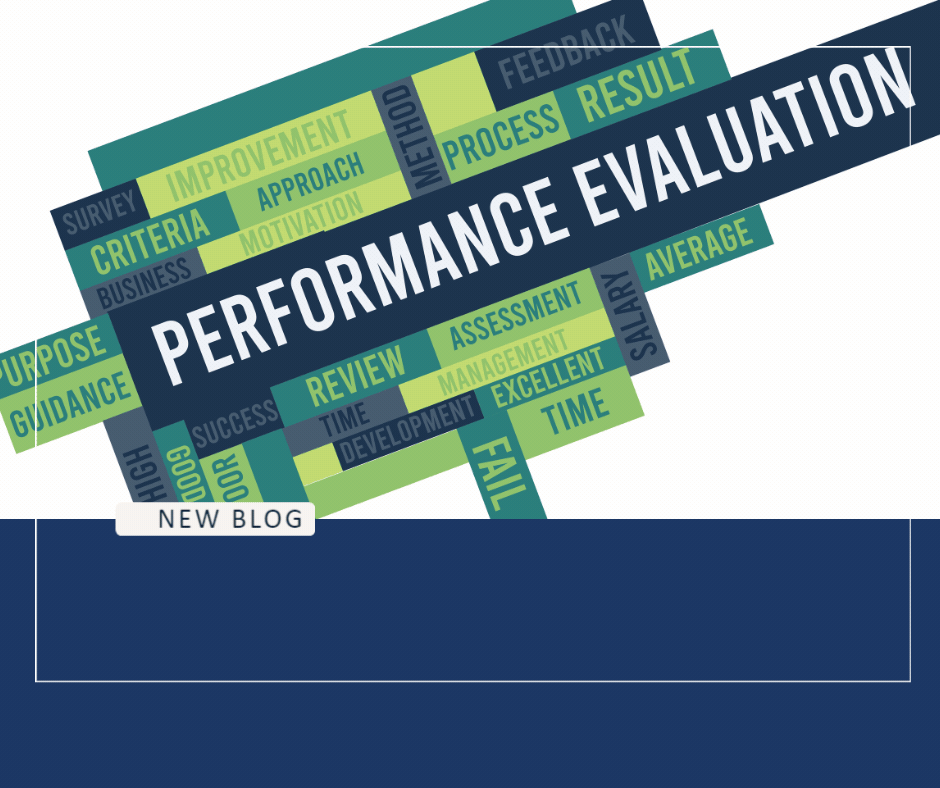Evaluating ROI of Staffing Solutions in Manufacturing: Key Strategies

Evaluating the ROI of staffing solutions is essential for manufacturing companies to optimize operations and remain competitive. This article highlights three key areas to consider: cost efficiency, productivity, and workforce stability. Effective staffing strategies can reduce labor costs by offering flexible workforce options, enhance productivity by ensuring the right people are in the right roles, and improve workforce stability by reducing employee turnover. By focusing on these areas, manufacturers can measure the impact of their staffing solutions and make informed decisions that support long-term success. Understanding the ROI of staffing not only helps in managing current needs but also contributes to the overall growth and sustainability of the business.
In the manufacturing industry, efficiency and productivity are paramount. The ability to maintain consistent output while managing costs is a constant challenge. One of the most significant factors influencing these outcomes is the quality and effectiveness of a company’s workforce. Staffing solutions, whether through temporary placements, permanent hires, or specialized recruitment strategies, play a crucial role in ensuring that manufacturing operations run smoothly. However, to truly understand the value of these staffing solutions, companies must evaluate their return on investment (ROI). At Resource Employment Solutions, we believe that assessing the ROI of staffing strategies is essential for manufacturers seeking to optimize their operations and achieve long-term success.
We understand that ROI is a critical metric for evaluating the effectiveness of any staffing solution. By providing tailored staffing services that align with the specific needs of the manufacturing sector, we ensure that our clients can achieve the best possible outcomes in terms of productivity, cost efficiency, and workforce stability.
Cost Efficiency and Labor Costs
One of the most direct ways to evaluate the ROI of staffing solutions is by examining cost efficiency, particularly in relation to labor costs. In manufacturing, labor costs represent a significant portion of operational expenses. Effective staffing solutions can help companies manage these costs by providing flexible workforce options, such as temporary or contract workers, which allow companies to scale their labor force according to demand.
For example, a manufacturing company experiencing seasonal fluctuations in production might rely on temporary staffing to handle peak periods without the long-term commitment of permanent hires. This approach not only reduces overhead but also minimizes the risk of overstaffing during slower periods. The cost savings achieved through such flexibility can be directly measured against the cost of staffing services, providing a clear indicator of ROI.
Resource Employment Solutions works closely with manufacturers to develop cost-effective staffing strategies that align with their production cycles. By optimizing labor costs, we help our clients achieve a positive ROI, ensuring that they can maintain profitability even in a competitive market.
Productivity and Operational Efficiency
Another critical factor in evaluating the ROI of staffing solutions is the impact on productivity and operational efficiency. In manufacturing, having the right people in the right roles is essential for maintaining high levels of productivity. Inefficient staffing, whether due to skills mismatches or inadequate workforce levels, can lead to production delays, quality issues, and increased downtime.
Consider a manufacturer that needs to ramp up production to meet a large order. If the company lacks the necessary skilled workers, production might be delayed, or the quality of the output could suffer. However, by partnering with a staffing company that understands the specific needs of the manufacturing sector, the company can quickly fill these gaps with qualified personnel, ensuring that production continues smoothly and on schedule.
The increase in productivity and operational efficiency resulting from effective staffing can be measured in terms of reduced downtime, faster production cycles, and improved product quality. These gains contribute to a positive ROI, as they directly impact the company’s ability to meet customer demands and generate revenue.
Employee Retention and Workforce Stability
Long-term workforce stability is another important aspect of ROI when evaluating staffing solutions. High employee turnover can be costly for manufacturing companies, leading to increased recruitment expenses, lost productivity, and a disruption of operations. Staffing solutions that focus on employee retention and workforce stability can significantly enhance ROI by reducing these costs and creating a more stable, experienced workforce.
For instance, a manufacturer struggling with high turnover rates might benefit from a staffing solution that includes comprehensive onboarding programs, ongoing training, and career development opportunities for employees. By investing in these areas, the company can improve employee satisfaction and retention, resulting in a more stable workforce that is less likely to leave for other opportunities.
The cost savings associated with lower turnover rates, combined with the benefits of having a more experienced and cohesive team, contribute to a strong ROI. Additionally, a stable workforce is better equipped to maintain consistent production levels and adapt to changing demands, further enhancing the company’s overall efficiency and profitability.
Evaluating the ROI of staffing solutions is a crucial step for manufacturing companies aiming to enhance their operations and maintain competitiveness. By focusing on key areas such as cost efficiency, productivity, and workforce stability, companies can gain valuable insights into the effectiveness of their staffing strategies. Understanding the impact of these solutions helps manufacturers make informed decisions that support long-term success.
Effective staffing solutions not only contribute to immediate operational needs but also play a significant role in shaping the overall growth and sustainability of the business. As the manufacturing industry continues to evolve, the ability to assess and optimize staffing investments will remain a vital component of achieving consistent performance and profitability.
Written on behalf of RES.
The RES Onboarding Process
Our commitment to you is deeper than just providing a list of potential candidates. We are committed to designing and implementing the most effective staffing strategy for you. Here is what you can expect when you choose Resource Employment Solutions as your recruiting and staffing partner.




When you connect with Resource Employment Solutions, you will be matched with an account management team who specializes in placing top talent within your industry. You will have a dedicated recruiter or recruiting team assigned and they will remain your point of contact to understand your business and address all your staffing needs.
Frequently Asked Questions
ROI, or Return on Investment, in staffing solutions refers to the financial benefits gained from hiring through staffing agencies compared to the costs incurred. It includes factors like increased productivity, reduced turnover, and improved quality of hires.
Staffing agencies provide highly skilled workers who can quickly adapt to manufacturing roles, reducing downtime and increasing operational efficiency, which directly impacts productivity.
Costs include agency fees, wages, and training, but these are often offset by savings from reduced turnover, less downtime, and faster hiring processes.


